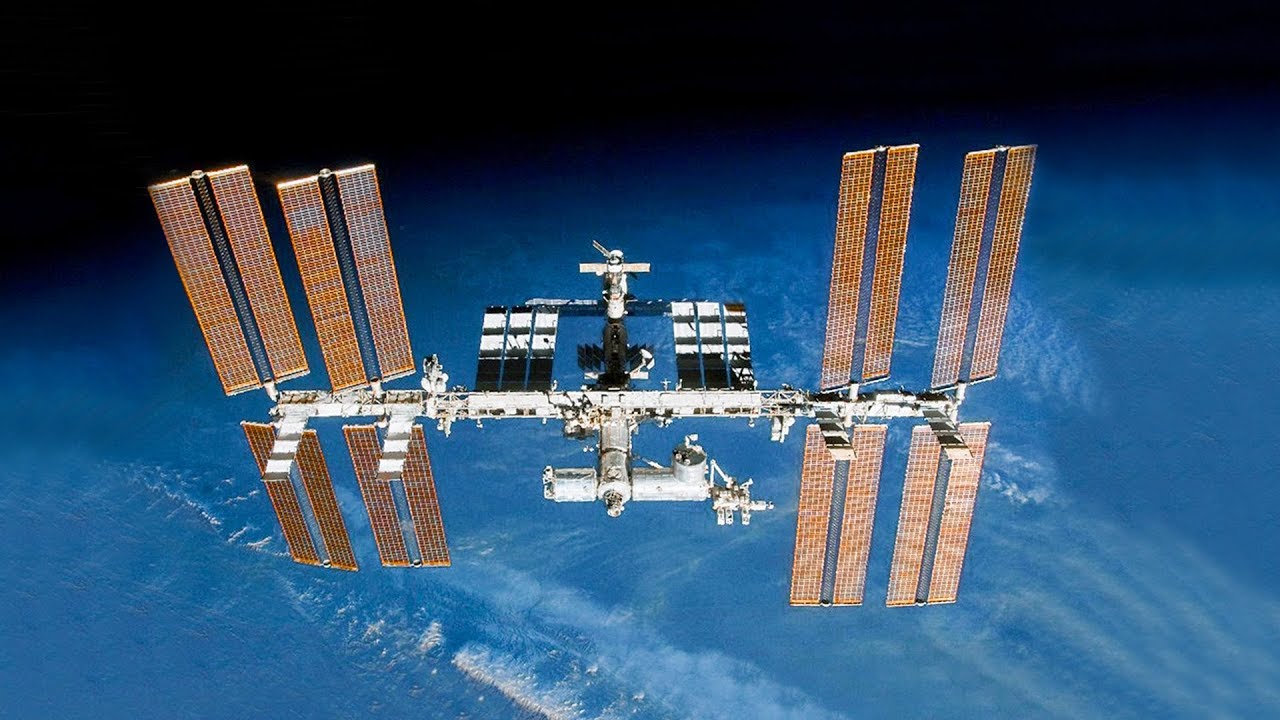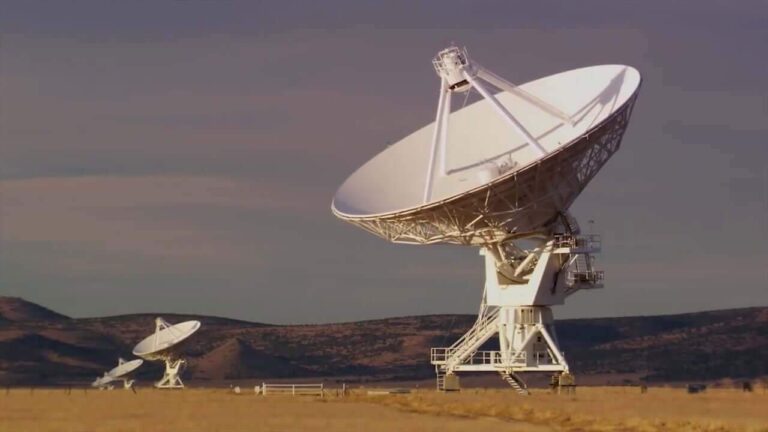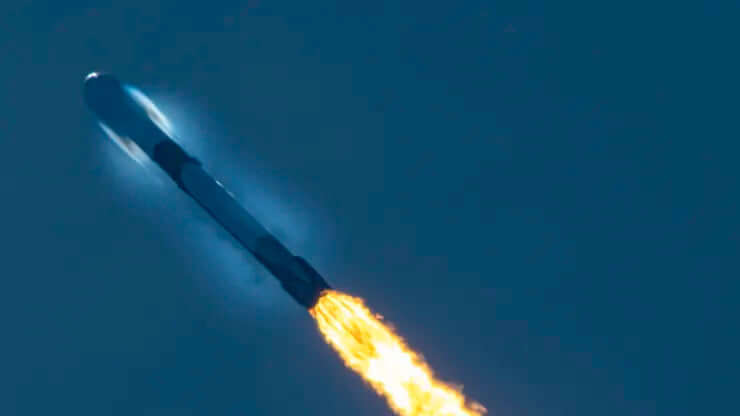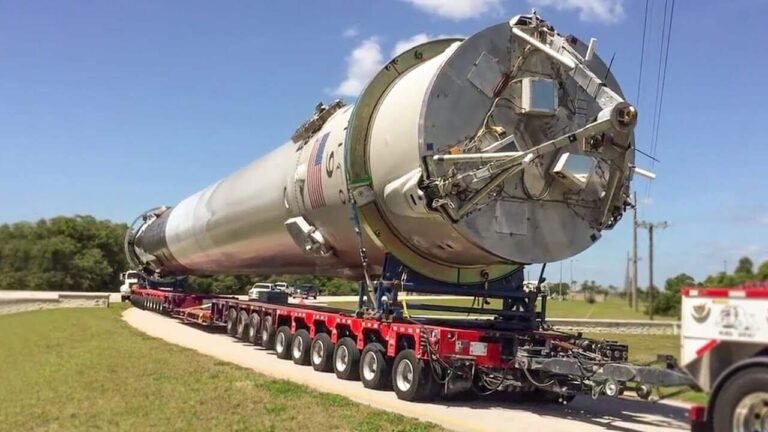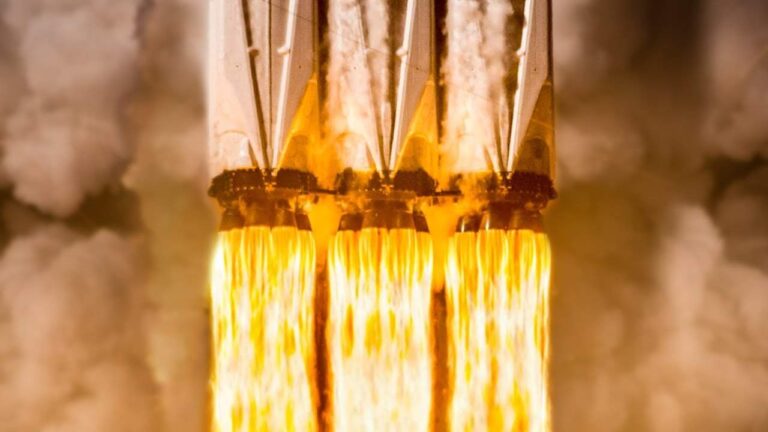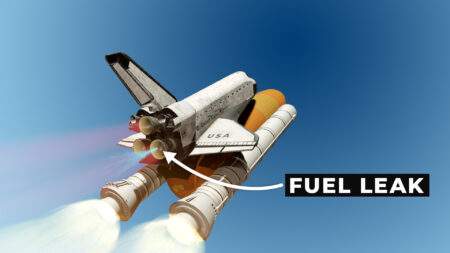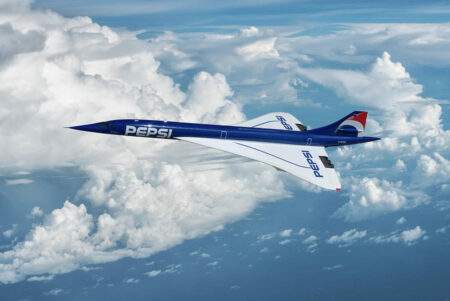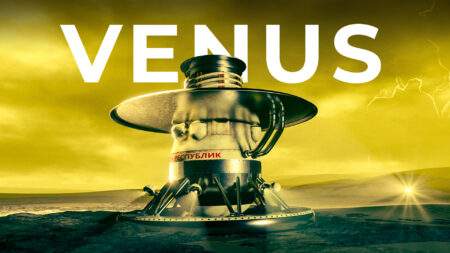24 years ago, the first module of the International Space Station was launched into orbit. Over the last two decades, it has been the home to hundreds of astronauts, conducting an incredible amount of scientific research to help us improve life on Earth and future journeys into space. But how long does the space station have left? And what will happen when it eventually retires?
Over the last 20 years, the International Space Station has grown to be the size of an entire Football field, completing more than 100,000 thousands orbits around Earth. However, the materials and structures that make up the space station will eventually wear down to the point where it becomes unsafe for the astronauts. The station has to constantly maintain pressure inside which pushes against the inside walls and causes strain. The materials that make up the main structure will not have the same amount of strength they had when the station was first made.
International Space Station fatigue
The walls on the International Space Station have had to endure a lot of stress for the last couple of decades. Due to the nature of where it is, it’s very hard to do maintenance and upgrades on the station, so most of the original hardware and cabling is still there. Not to mention, it costs NASA around 4 BILLION dollars each year to operate the International Space Station and the current budget for the space station ends in 2024.
To put that into perspective, NASA’s entire budget for 2023 was just $32 Billion, so the running costs for the International Space Station are a huge chunk of the pie. If NASA had an extra $4 Billion lying around, it could achieve many things that have yet to be done in space.
NASA are looking to retire the program in 2028 in order to free up funding for more exciting missions into deep space. But once they decide to retire the International Space Station, they will have the challenging task of removing the world’s largest spacecraft from the sky. The station can’t be left up there – because eventually it would sink low enough and burn up in the atmosphere. But we can’t let it just reenter anywhere, since it could cause danger to people on the ground. Although it’s unlikely, a large enough piece of the station could survive reentry and hit the ground at incredible speeds.

According to the Outer Space Treaty, each country is legally responsible for deorbiting their own modules. Many have suggested that each module should be brought down separately and reassembled to become a museum piece here on Earth. However, the only vehicle capable of doing something like this was the Space Shuttle, and even that would require 27 missions to carry each segment back to Earth. After all, the station has taken many missions over a 20 year period to get to its current size, so disassembling all of that AND bringing it back would be incredibly difficult.
Deorbiting the ISS
The most likely solution is to deorbit the space station into an area of the Pacific Ocean known as Point Nemo. This area is over 1,000 miles away from any civilization, making it the safest place to discard retired spacecraft. This area is so remote, that the closest humans are actually the astronauts aboard the International Space Station, which flies at just 250 miles above the surface.

Since the beginning of spaceflight, over 200 satellites have ended up in this location, including the Russian Mir Space Station, which was deorbited here in 2001. The old relics at the bottom of the Ocean could tell a thousand stories.
When a satellite reenters the Earth’s atmosphere at high speed, the intense heat and pressure is enough to completely disintegrate most satellites. At the time, the Mir Space Station was the largest spacecraft to be deorbited, and some of the larger sections managed to survive reentry, creating a trail of debris 1,800 miles long. The International Space Station is considerably larger than the MIR space station, so the risk is even higher. Just like Mir, the International Space Station wasn’t the first Space Station, and it won’t be the last.
Before their involvement with the International Space Station, the Russians had successfully operated 7 of their own space stations, so they know a thing or two about space stations. Once the International Space Station is retired, the Russians plan to remove their own segments and use them to make a new space station.
Private companies buying the ISS?
With the International Space Station coming to an end and with no plans to replace it, NASA have looked towards private companies to either takeover the space station or develop their own. NASA realizes now that a brand new space station built with today’s technologies could be made to run on a much smaller budget. Much more could be automated and many of the complex outdated systems could be replaced with simpler and more reliable ones, requiring less maintenance.
Once SpaceX has Starship up and running, it could be modified and turned into its own space station, with a single Starship providing more space than the entire International Space Station. However, unless SpaceX can find a way of making space stations profitable, it’s unlikely that they will take on such a challenge.

NASA on the other hand currently has its eyes set on the Moon. They are developing a Lunar space station which is scheduled to be launched in 2024. Astronauts will spend long periods of time on this space station, to see how the human body reacts to the intense radiation outside of Earth’s magnetic field. This space station will also be the holding point for the Deep Space Transport vehicle, which is designed to take humans to and from Mars.
So although it will be sad to see this iconic space station come to an end, we can appreciate the enormous amount of knowledge it has given us, and we can look forward to a new, exciting future of space exploration.
